AL MATTO (알마또)
2.7Km 2021-03-30
41-1, Sinheung-ro, Yongsan-gu, Seoul
+82-2-794-4616
It is a place that sells Italian-style oven pizzas. This Western dishes restaurant is located in Yongsan-gu, Seoul. The representative menu is wood-fired pizza.
Gungnara Naengmyeon Mukbap (궁나라냉면묵밥)
2.7Km 2017-04-12
6, Jibong-ro 12-gil, Jongno-gu, Seoul
+82-2-744-4701
Gungnara Naengmyeon Mukbap originally opened in Ansan, serving up delicious meals of naengmyeon and mukbap. The restaurant became popular, and eventually moved to its current location in Seoul. The jiggly acorn jelly goes well wit the sweet and sour broth in mukbap, a favorite summer-time dish. Visitors can also order the dish with a warm broth for a delicious and healthy dish year round.
Hyehwa1938 [Korea Quality] / 혜화1938 [한국관광 품질인증]
2.7Km 2023-04-13
7, Sungkyunkwan-ro 16-gil, Jongno-gu, Seoul
+82-10-7107-1752
Located in (no suggestions)-dong of Seoul, Hyehwa 1938 is a lodging facility which is based on the remodeling of an 80-year- old traditional Korean house. A traditional Korean house expert initially wanted to use it as an office but later decided to turn it into a guest house due to its large size. As a result, the unique beauty of traditional Korean house was revived while improving practicality. The Woojeong room and Sarang room are now resized to accommodate max 8 persons which used to be only max 4 in the past. Despite the remodeling, the aura and atmosphere of the traditional Korean house is well preserved. Inside the room, you can see that the chandelier of the rich house in the '30s are accompanied by modern furniture and electronics which maintain unique harmony. Open the windows to see sansuyu and maehwa along with other various seasonal trees with beautiful colors and also the space such as edges and sewers are well arranged to avoid any discomforts with your eyesight. The heart of architecture offers only two rooms for guests, and you are all welcome to enjoy the true beauty of Korea.
Parque Waryong (와룡공원)
2.7Km 2022-05-02
Waryonggongwon-gil 192, Jongno-gu, Seúl.
Es un parque inaugurado en el año 1984, que se encuentra ubicado en el barrio de Myeongnyung-dong, distrito de Jongno-gu, Seúl. Lo encontrará bajando desde la roca Malbawi, por el camino de la Muralla de Seúl. En sus cercanías están ubicados los parques: Samcheong, Changgyeong, y el Parque Natural del Monte Bugaksan. Presenta la forma de un dragón acostado, que es de donde proviene el nombre “Waryong” (significa dragón acostado según los caracteres chinos).
La poca profundidad de tierra que tenía el parque dificultaba la forestación, por lo que solo disponía de algunas acacias. Pero mediante la participación de los ciudadanos en una campaña de plantar mil árboles, se ha logrado convertirlo en un parque verde y abundante.
En particular, en la época primaveral se cubre de flores de todo tipo: de la colza, del albaricoque, de la azalea, de la forsitia, etc., y consta de instalaciones deportivas como campo de bádminton, centro de aeróbics y gimnasio, entre otros.
Goobok Mandu (구복만두)
2.7Km 2017-01-25
10, Duteopbawi-ro, Yongsan-gu, Seoul
+82-2-797-8656
Operated by Korean husband and Chinese wife, it offers traditional authentic Chinese dumplings in a small place. Its signature menu, dumpling, passed down to the owner by her grandmother, features different tasty and texture comparing with Korean-style dumpling.
Bon PALETE (봉파레트)
2.8Km 2021-03-29
57-1, Seongbuk-ro, Seongbuk-gu, Seoul
+82-2-766-0827
You can enjoy delicious meals at a hanok restaurant. This Western dishes restaurant is located in Seongbuk-gu, Seoul. The representative menu is seafood pasta.
bon PALETE(봉파레트)
2.8Km 2020-12-24
57-1 Seongbuk-ro Seongbuk-gu Seoul
+82-2-766-0827
You can enjoy delicious meals at a hanok restaurant. This Western dishes restaurant is located in Seongbuk-gu, Seoul. The representative menu is seafood pasta.
Jihwaja (지화자)
2.8Km 2021-01-08
125, Jahamun-ro, Jongno-gu, Seoul
+82-2-2269-5834
Operated by a “Living Treasure Of Korean Royal Cuisine” since 1991, Jihwaja is a high-class traditional Korean restaurant located in the center of downtown Seoul. It has enjoyed a high reputation as the finest restaurant that preserves “The Legitimacy of Korean Royal Cuisine,” the essence of the Korean food culture. Jihwaja resembles the sophisticated ambiance of the neighborhood that captures the beauty of the Joseon dynasty. The restaurant offers very healthy and nutritious dishes as they are prepared with only natural ingredients and royal culinary techniques, without using any MSG, artificial flavors or additives. Jihwaja offers a dining experience like no other through a meal fit for kings and queens and food storytelling.
Jihwaja is committed to promote Korea's authentic traditional food culture - Korean Royal Cuisine - across the world for generations.
Valle Suseong-dong (수성동계곡)
2.8Km 2023-08-17
Okin-dong 185-3, Jongno-gu, Seúl
Templo Myogaksa (묘각사)
2.9Km 2021-02-04
Jongno 63-gagil 31, Jongno-gu, Seúl.
El templo Myogaksa se localiza en la ladera oriental del monte Naksan, en Sungin-dong, Jongno-gu, Seúl. Construido por el monje Taeheo en mayo de 1930, se ha expandido hasta tener dos renovaciones. La ubicación del templo se basa en los principios del feng-shui (pungsu en coreano), que dictamina que un templo construido en este sitio traerá paz y comodidad a los habitantes de Seúl. El complejo del templo Myogaksa tiene un Santuario Deabul (Gran Buda), un santuario budista Wontong, un pabellón de oraciones Nakga, una Gruta Seokguram, un Pabellón del Espíritu de la Montaña (Sansingak), etc. Los santuarios Deabul y Wontong son magníficas obras de arte arquitectónico budista. La estatua de Buda, ubicada en la Gruta Seokguram, fue contruida alrededor del siglo IX o principios del siglo X, y es un tesoro nacional. La estatua Maebul, también en este templo, fue tallada de los acantilados de roca del monte Naksan y es un patrimonio cultural de la ciudad de Seúl.
Desde la Copa del Mundo de 2002, el templo Myogaksa lleva adelante un programa de estancia en templo, y es un maravilloso lugar donde los turistas pueden escapar del bullicio de Seúl y sentir la serenidad del budismo.
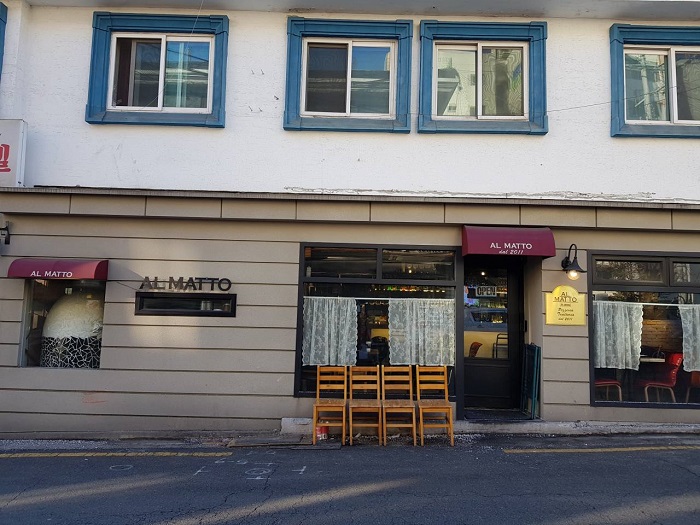
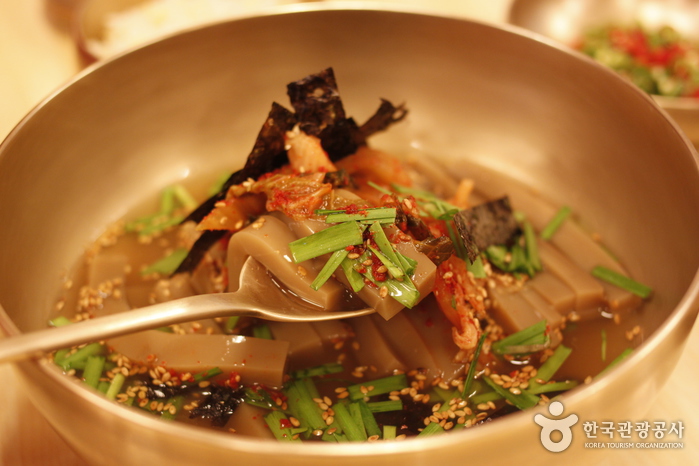
![Hyehwa1938 [Korea Quality] / 혜화1938 [한국관광 품질인증]](http://tong.visitkorea.or.kr/cms/resource/52/2529152_image2_1.jpg)
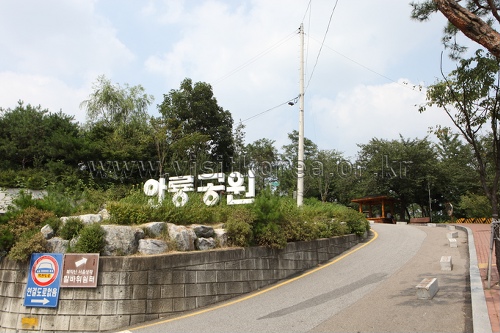
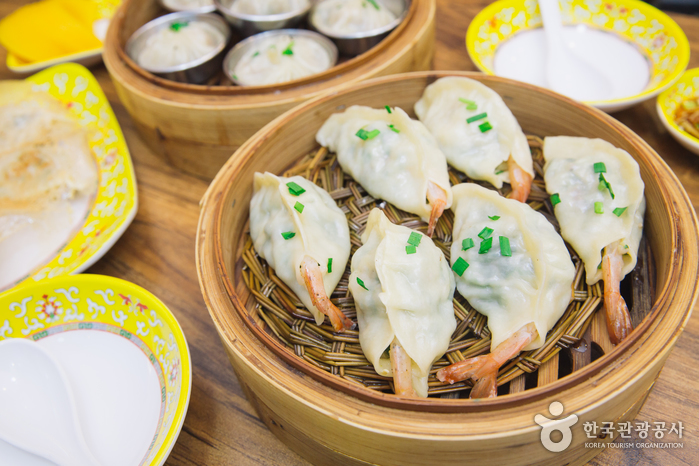
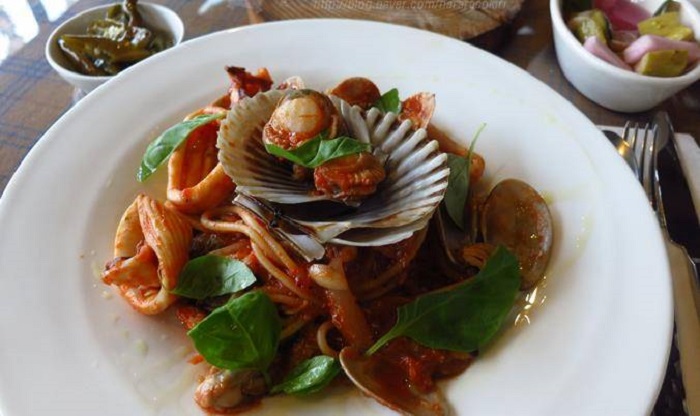

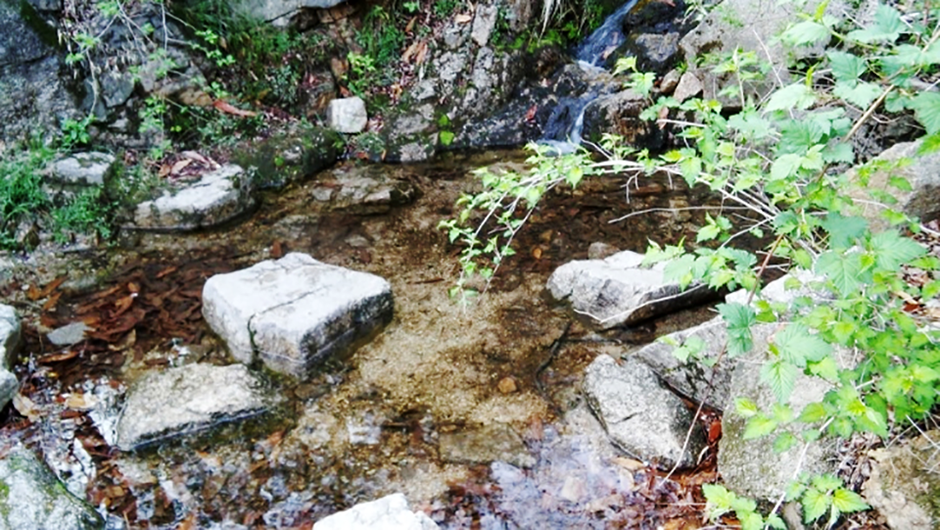
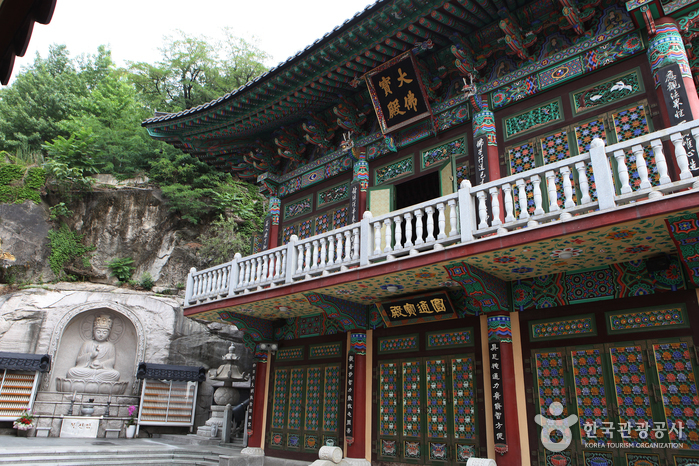
 Español
Español
 한국어
한국어 English
English 日本語
日本語 中文(简体)
中文(简体) Deutsch
Deutsch Français
Français Русский
Русский